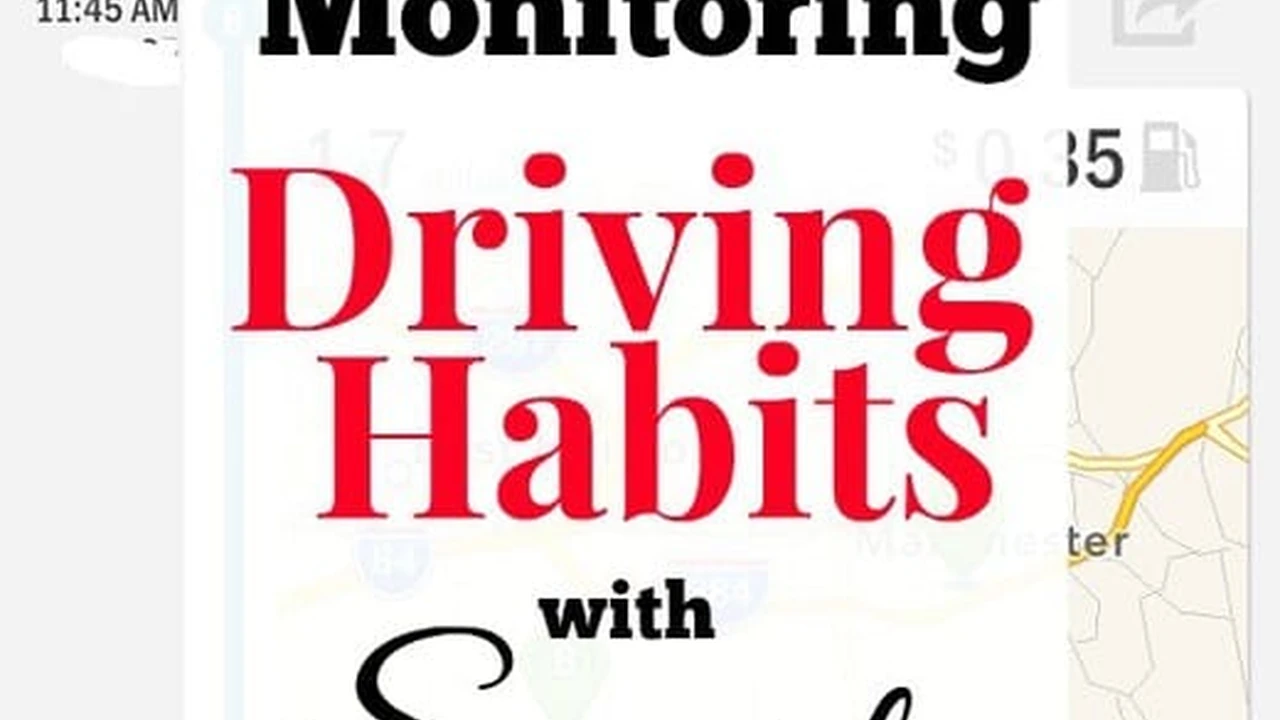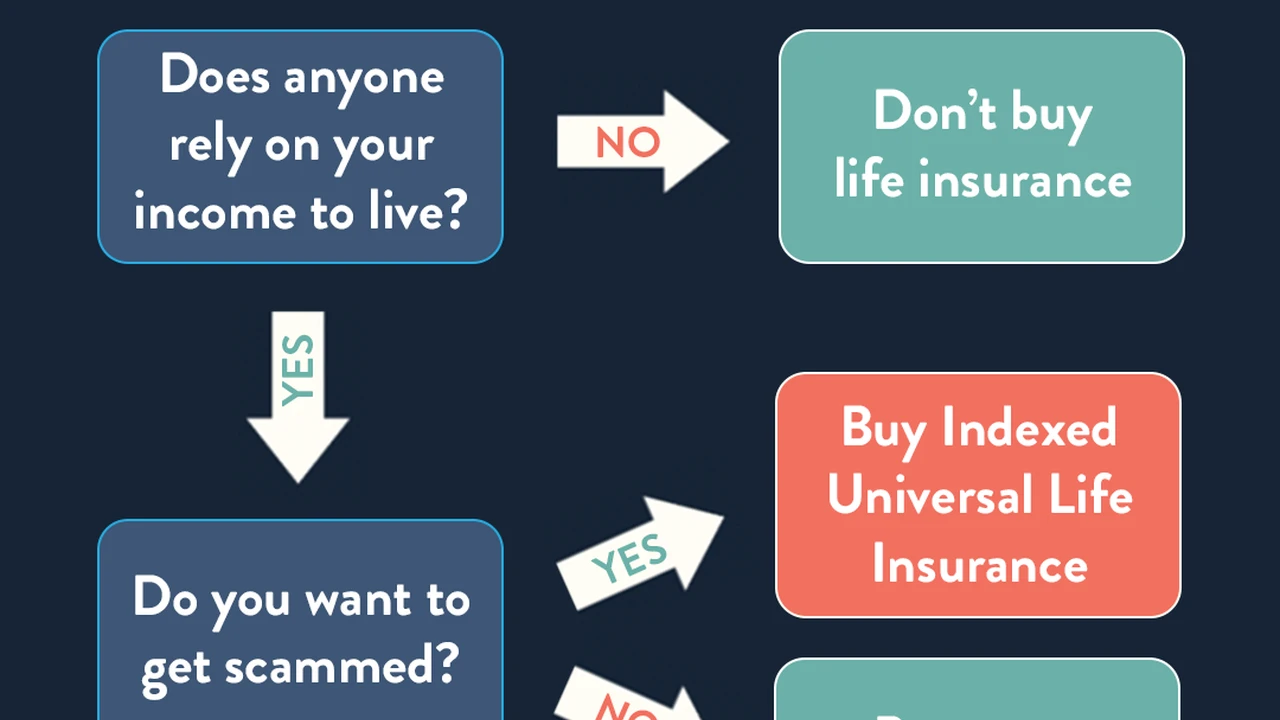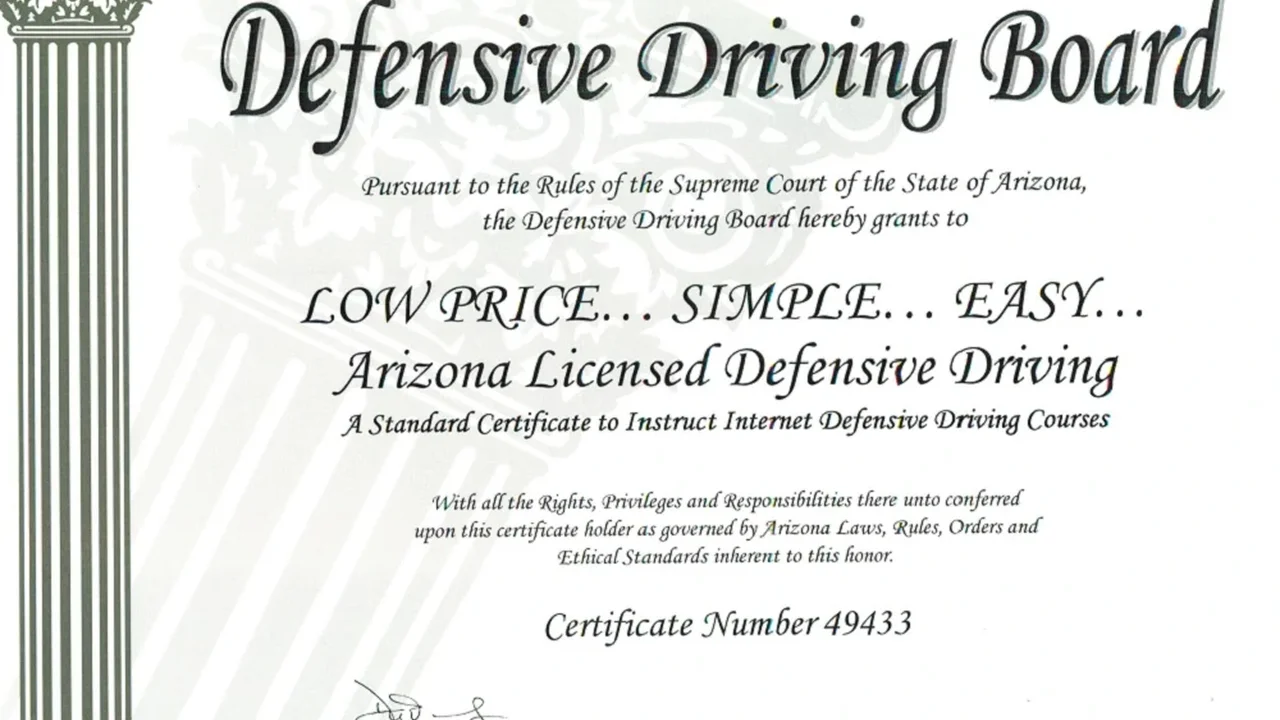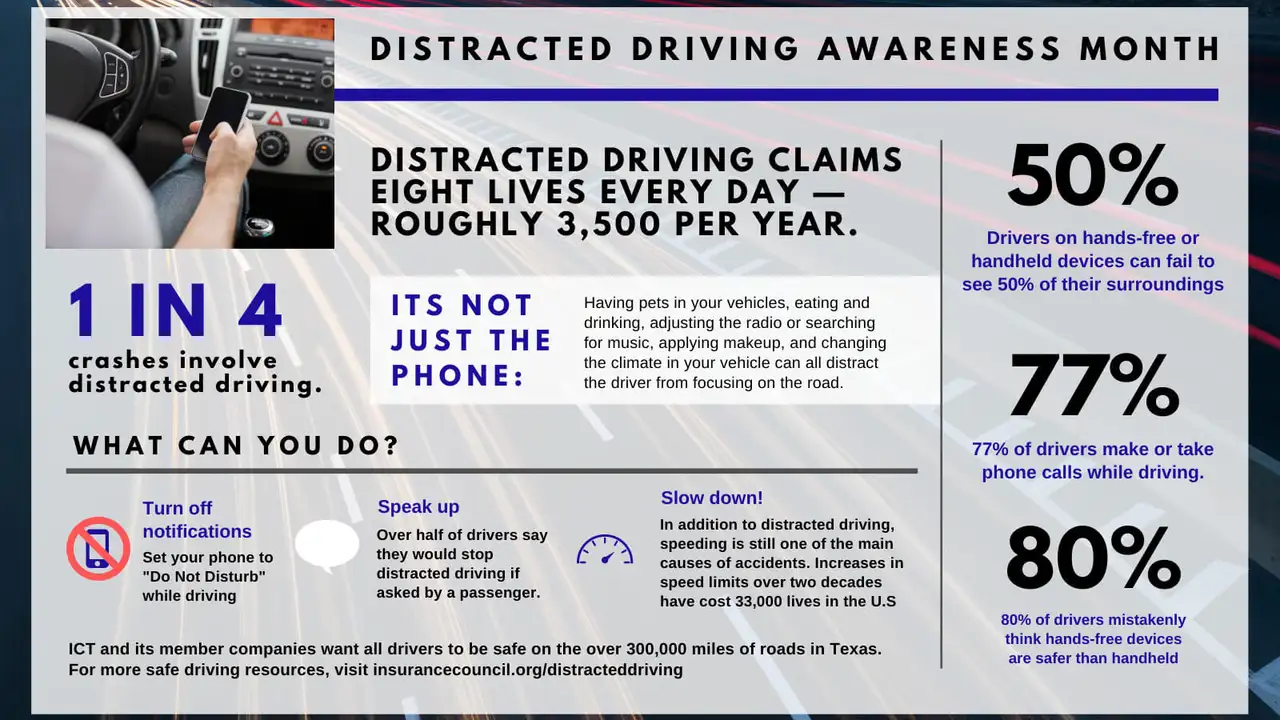Choosing the Right Car for Your Teen: Safety First

Teen Driver Safety and Vehicle Selection Considerations
Alright, so your teen's about to get their license. Exciting, right? Also, terrifying. One of the biggest things you can do to keep them safe is picking the right car. Forget about the cool factor for a second (okay, maybe a *tiny* second) and focus on safety, reliability, and affordability. This isn't about getting them the flashiest ride; it's about getting them home safe.
First things first: new cars are generally safer than older cars. They have more advanced safety features like electronic stability control (ESC), anti-lock brakes (ABS), and more airbags than you can shake a stick at. That said, new cars can be pricey. So, what do you do? Well, let's talk about some key features to look for, regardless of whether you're buying new or used.
Essential Safety Features for Teen Drivers
Electronic Stability Control (ESC): This is a must-have. ESC helps prevent skidding and loss of control, especially in wet or icy conditions. It's basically a computer that's constantly monitoring the car's direction and speed, and it can automatically apply the brakes to individual wheels to keep the car going where you want it to go. Think of it as a guardian angel for your teen driver. Seriously, this feature alone can significantly reduce the risk of accidents.
Anti-lock Brakes (ABS): ABS prevents the wheels from locking up during hard braking. This allows the driver to maintain steering control, which is crucial in emergency situations. Without ABS, slamming on the brakes can cause the car to skid uncontrollably. With ABS, you can brake hard and still steer around obstacles.
Airbags: More airbags are better. Look for cars with front, side, and curtain airbags. These airbags provide crucial protection in the event of a collision, cushioning the driver and passengers from impact.
Good Crash Test Ratings: Check the crash test ratings from the Insurance Institute for Highway Safety (IIHS) and the National Highway Traffic Safety Administration (NHTSA). These organizations put cars through rigorous crash tests and assign ratings based on their performance. Look for cars with good ratings in all categories.
Size Matters (Sometimes): While a tiny, fuel-efficient car might seem appealing, larger, heavier cars generally offer better protection in a crash. However, a massive SUV isn't necessarily the answer either. Something mid-size is usually a good compromise between safety and maneuverability.
Recommended Cars for Teen Drivers Product Reviews and Comparisons
Okay, let's get down to brass tacks. Here are a few specific car recommendations, keeping in mind safety, reliability, and affordability. We'll look at both new and used options.
New Car Options: Safety and Reliability Combined
Honda Civic (New): The Honda Civic is a perennial favorite for a reason. It's reliable, fuel-efficient, and packed with safety features. Even the base model comes standard with Honda Sensing, which includes features like adaptive cruise control, lane departure warning, and automatic emergency braking. The 2024 Civic LX starts around $24,000. The Civic is great for city driving and commuting, and its excellent fuel economy will save your teen (and you!) money at the pump. The Civic consistently scores high in crash tests, making it a top choice for teen drivers.
Toyota Corolla (New): Similar to the Civic, the Toyota Corolla is known for its reliability and safety. It also comes standard with a suite of safety features, including Toyota Safety Sense, which includes features like pre-collision system with pedestrian detection, lane departure alert, and automatic high beams. The 2024 Corolla L starts around $23,000. The Corolla is a practical and dependable choice, perfect for teens who need a reliable car for school, work, and extracurricular activities. Like the Civic, it boasts excellent crash test results.
Mazda3 (New): If you're looking for something a little more stylish and fun to drive, the Mazda3 is a great option. It offers a more engaging driving experience than the Civic or Corolla, while still being safe and reliable. It also comes standard with a good set of safety features. The 2024 Mazda3 2.5 S starts around $24,000. The Mazda3 is ideal for teens who appreciate a sporty feel and a well-designed interior. While it might be slightly more expensive than the Civic or Corolla, it offers a premium driving experience.
Used Car Options: Affordable Safety for New Drivers
Honda Accord (Used - 2017 or Newer): A slightly larger option than the Civic, the Honda Accord offers more space and a comfortable ride. Look for models from 2017 or newer, as they have updated safety features. You can find a well-maintained 2017 Accord for around $18,000-$22,000, depending on mileage and condition. The Accord is a good choice for teens who need to transport friends or family, or who live in areas with long commutes. It provides a smooth and comfortable ride, and its spacious interior makes it a practical option.
Toyota Camry (Used - 2018 or Newer): Similar to the Accord, the Toyota Camry is a reliable and spacious sedan. Look for models from 2018 or newer for the latest safety features. Expect to pay around $17,000-$21,000 for a 2018 Camry in good condition. The Camry is known for its dependability and longevity, making it a smart choice for budget-conscious parents. It offers a comfortable ride and a spacious interior, similar to the Accord.
Subaru Impreza (Used - 2017 or Newer): The Subaru Impreza is a compact car that offers standard all-wheel drive, making it a great choice for teens who live in areas with snow or inclement weather. Look for models from 2017 or newer for the updated safety features. You can find a 2017 Impreza for around $15,000-$19,000. The Impreza's all-wheel drive system provides added traction and stability in slippery conditions, making it a safer option for teens who drive in challenging weather.
Teen Driver Insurance Considerations Lowering Your Premiums
Let's be real: insuring a teen driver is expensive. But there are ways to lower your premiums.
Good Student Discount: Many insurance companies offer discounts for students who maintain a good GPA. Encourage your teen to study hard and keep their grades up! This not only benefits their education but also saves you money on insurance.
Driver's Education Course: Completing a driver's education course can also qualify your teen for a discount. These courses teach teens safe driving habits and help them become more confident behind the wheel.
Safe Driving Apps: Some insurance companies offer discounts for using safe driving apps that track driving behavior and provide feedback. These apps can help teens become more aware of their driving habits and improve their safety.
Increasing the Deductible: Increasing the deductible on your insurance policy can lower your premiums, but it also means you'll have to pay more out-of-pocket if you file a claim. Weigh the pros and cons carefully before making this decision.
Shop Around: Don't just stick with the first insurance quote you get. Shop around and compare rates from different companies to find the best deal. Online comparison tools can make this process easier.
Parental Controls and Monitoring Technology for Teen Drivers
Technology can be your friend when it comes to monitoring your teen's driving habits.
Built-in Telematics: Some newer cars come with built-in telematics systems that track things like speed, location, and driving behavior. You can often access this data through a smartphone app.
Aftermarket GPS Trackers: You can also purchase aftermarket GPS trackers that can be installed in your teen's car. These trackers allow you to monitor their location in real-time and receive alerts if they exceed a certain speed or go outside of a designated area.
Smartphone Apps: There are numerous smartphone apps designed to monitor driving behavior. These apps can track things like speeding, hard braking, and distracted driving.
Setting Clear Expectations: The most important thing is to set clear expectations with your teen about safe driving habits. Talk to them about the dangers of distracted driving, speeding, and driving under the influence. Make sure they understand the consequences of their actions.
Maintenance and Upkeep Keeping Your Teen's Car Safe
Regular maintenance is crucial for keeping your teen's car safe and reliable.
Regular Oil Changes: Oil changes are essential for keeping the engine running smoothly. Follow the manufacturer's recommendations for oil change intervals.
Tire Maintenance: Check the tire pressure regularly and make sure the tires are properly inflated. Also, check the tire tread depth and replace the tires when they're worn. Rotate the tires regularly to ensure even wear.
Brake Inspections: Have the brakes inspected regularly to ensure they're in good working order. Replace brake pads and rotors as needed.
Fluid Checks: Check all the fluids regularly, including coolant, brake fluid, power steering fluid, and windshield washer fluid. Top off fluids as needed.
Scheduled Maintenance: Follow the manufacturer's recommended maintenance schedule for your teen's car. This will help prevent major problems down the road.
By taking these steps, you can help ensure that your teen driver is safe behind the wheel. It's a big responsibility, but with the right car, the right insurance, and the right guidance, you can help them become a safe and responsible driver.
:max_bytes(150000):strip_icc()/277019-baked-pork-chops-with-cream-of-mushroom-soup-DDMFS-beauty-4x3-BG-7505-5762b731cf30447d9cbbbbbf387beafa.jpg)






